The top 20 voices in construction you should follow on LinkedIn
The construction industry is constantly evolving, and forward-thinking industry leaders and experts are sharing insights into new and emerging...
2 min read
 Alan Boykiw
:
May 30, 2024 6:00:00 AM
Alan Boykiw
:
May 30, 2024 6:00:00 AM
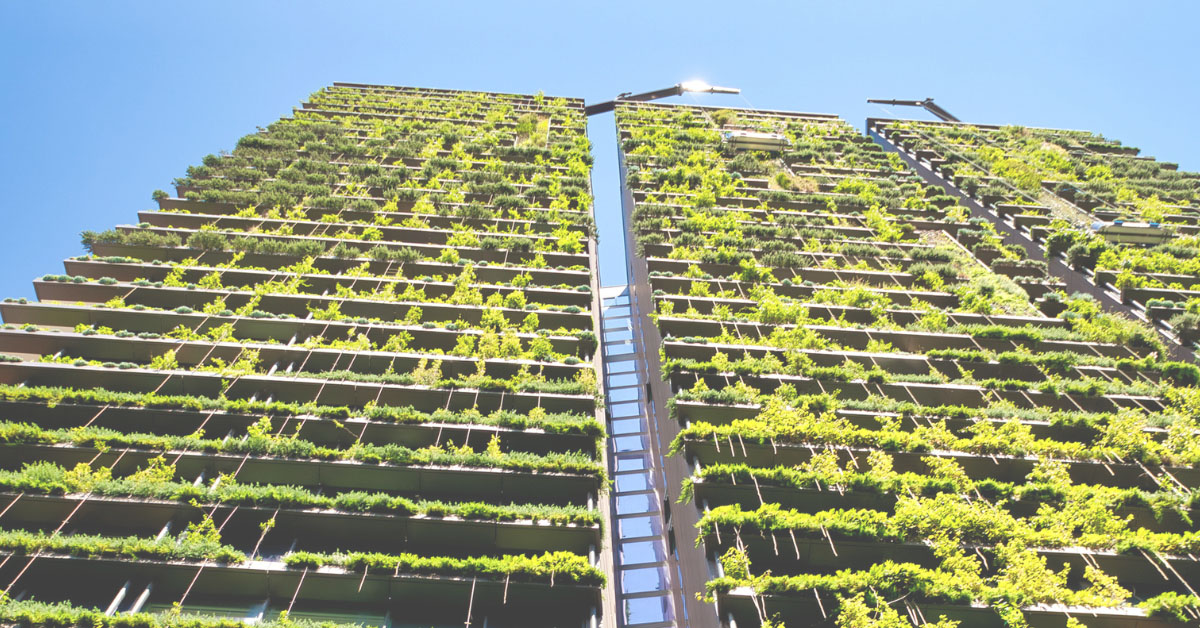
When one thinks about sustainability in construction, it’s almost always the physical aspect of the building that comes to mind. Terms such as LEED, green building, eco-friendly and environmental footprint are used for describing the material selection, energy efficiency, water usage and waste management practices.
Although these elements address global concerns over climate change and environmental impact, there’s an increasing awareness in the construction industry that lean principles can contribute to other elements of sustainability.
So, let’s consider the physical, social and economic impacts that can all play a part in the overall sustainability of your project.
The physical aspect of sustainability primarily involves reducing the environmental footprint of construction activities. Consider the following strategies and topics:
Beyond the environmental realm, social considerations play a role in construction sustainability:

Lean construction principles offer a systematic approach to achieving economic sustainability objectives. By focusing on maximizing value while minimizing waste, these principles contribute to:
Lean methods are widely used in the construction industry, and incorporating sustainability principles is a logical extension of these practices. By addressing the physical, social and economic aspects of sustainability, one can foresee a built environment that’s more environmentally responsible and socially equitable.
As stewards of the built environment, it’s the duty of construction professionals to embrace sustainability as a guiding principle, driving positive change for future generations. Remember, every building that’s constructed today shapes the world we inhabit tomorrow. Let’s build a sustainable future — one lean construction project at a time.
Looking for tools to implement lean practices in support of sustainability? Learn how Nialli can help.
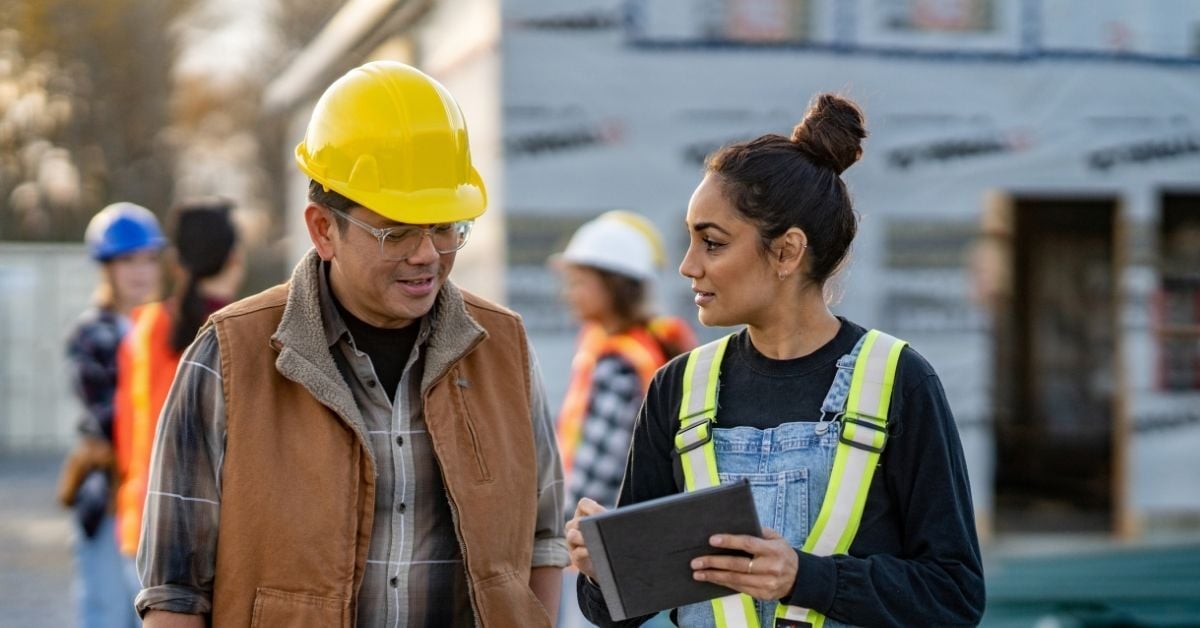
The construction industry is constantly evolving, and forward-thinking industry leaders and experts are sharing insights into new and emerging...
.png)
Planning sessions with site teams are crucial for setting the foundation of any project. Hosting your first digital planning session with Nialli™...
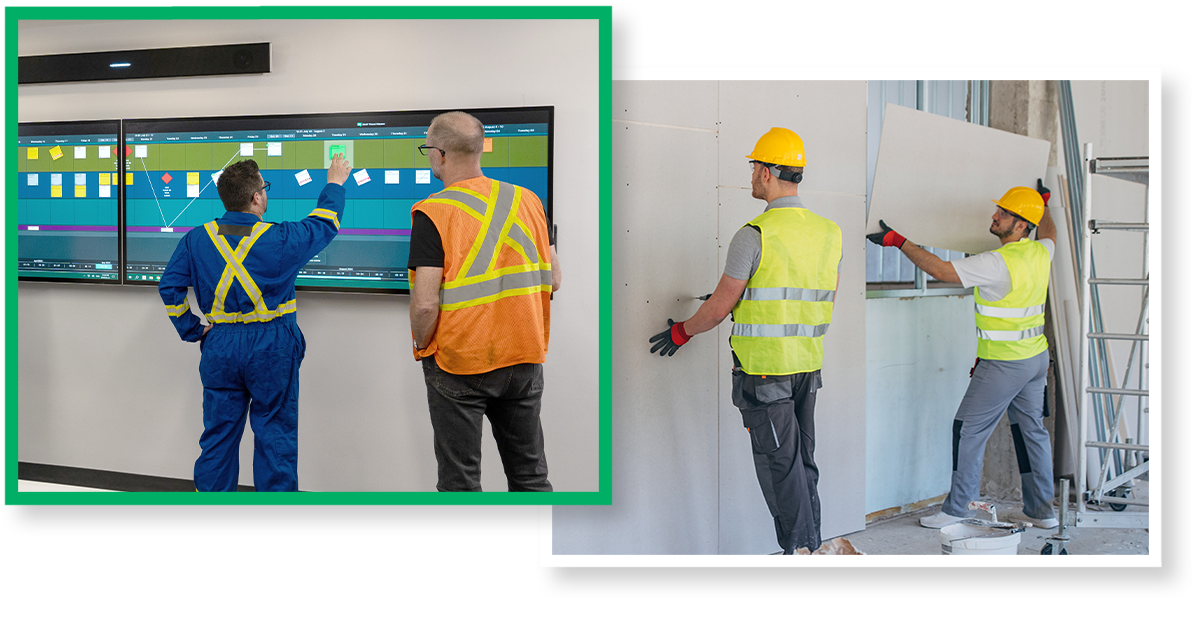
Having a plan everyone on the jobsite can understand is a critical ingredient for project success. But even with modern tools, many teams find...
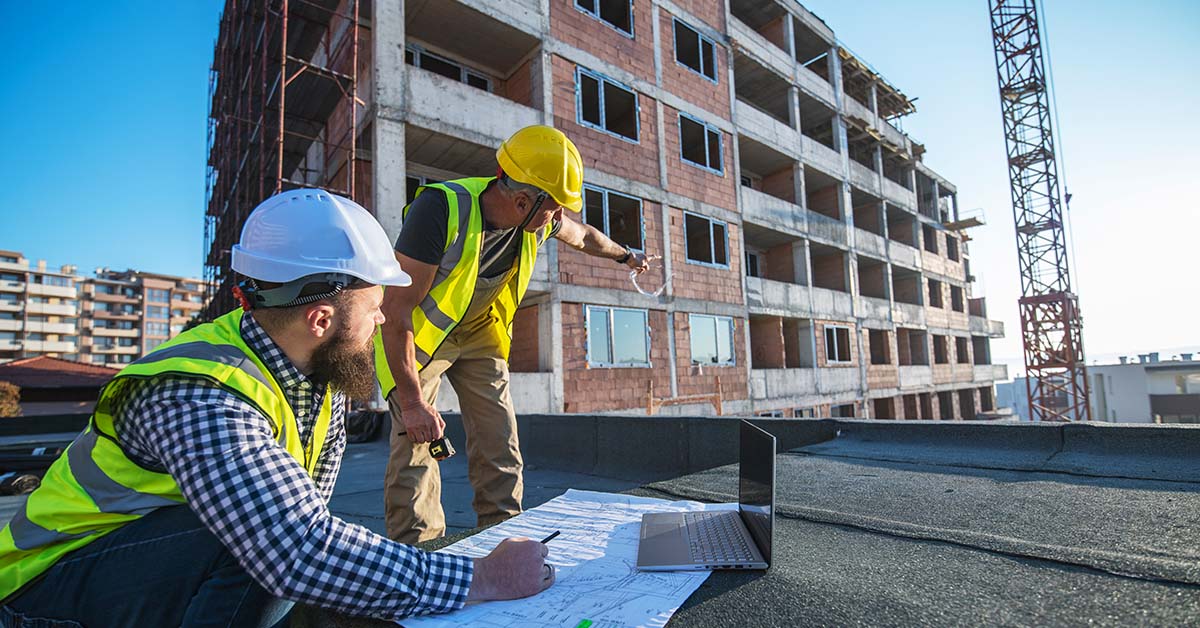
In construction, things move fast. That’s why it’s so important to create pathways for project excellence. Lean construction practices support teams...
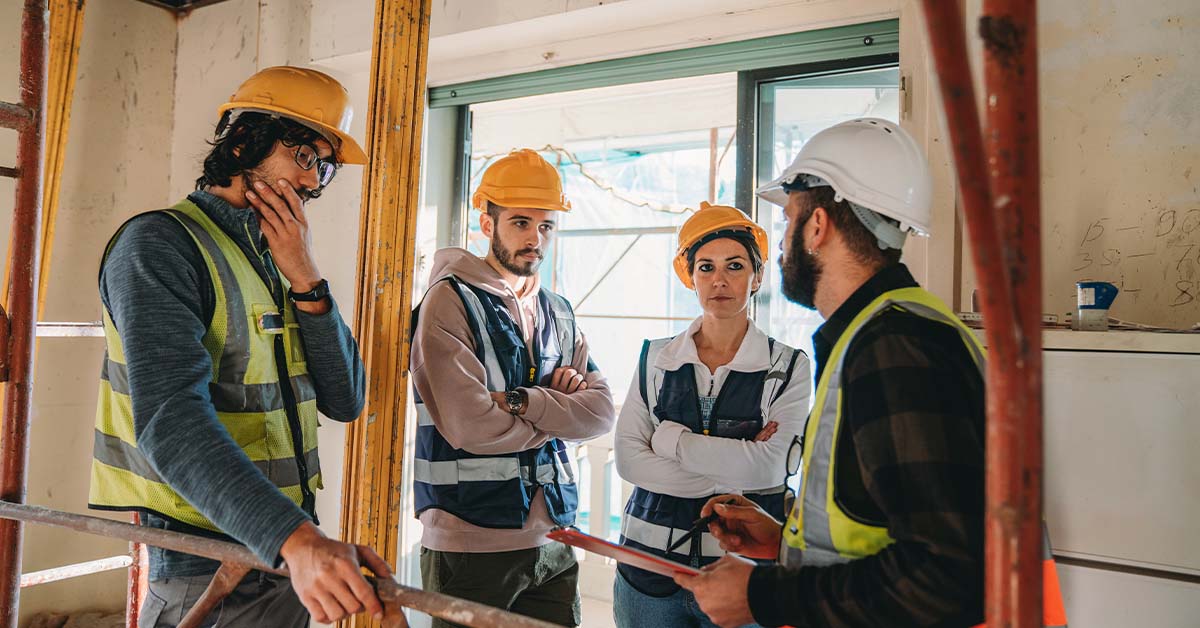
There’s a perception in the construction industry that Lean methods are only meant for megaprojects and ENR 400 contractors. That is, going Lean is a...
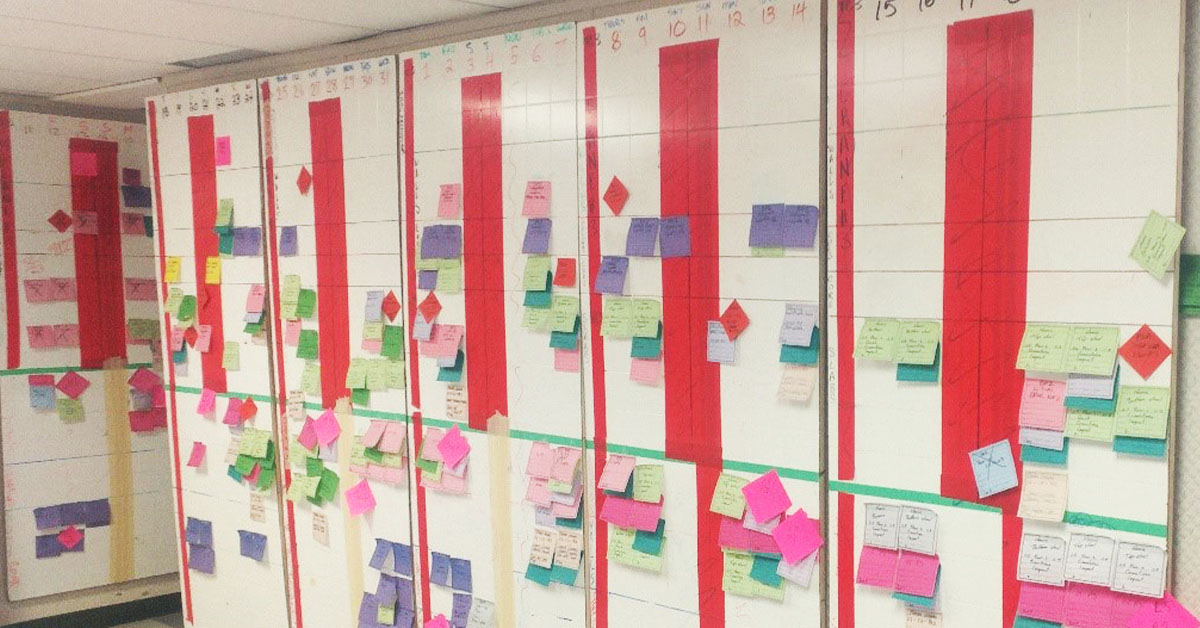
When I walk into a construction jobsite trailer or a planning Big Room, I see laptops, tablets, smartphones, large wall displays and … STICKY NOTES! ...